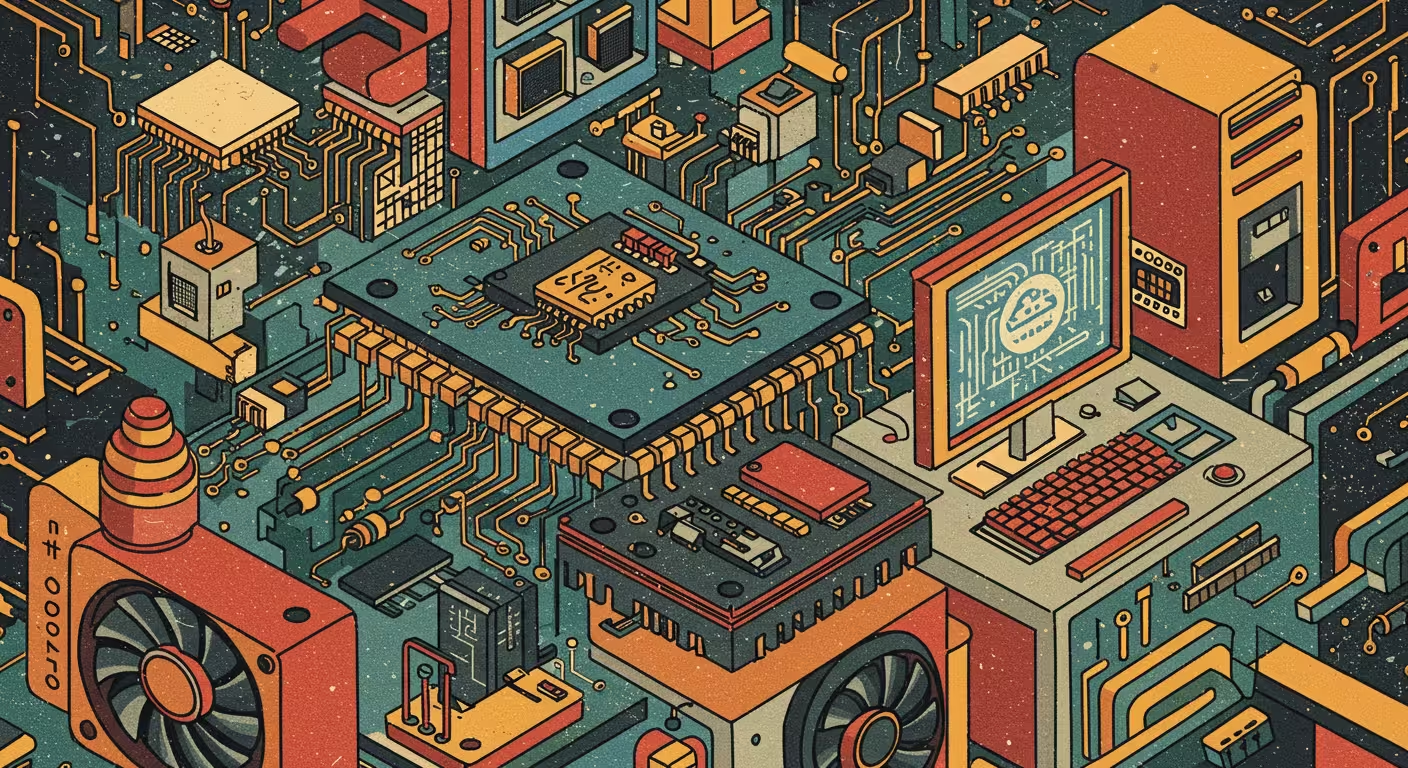If it feels like the artificial intelligence revolution is accelerating, buckle up—it’s just getting started. In what analysts call the most significant tech alliance ever, NVIDIA and OpenAI have inked a strategic agreement for NVIDIA to progressively invest up to $100 billion in the AI leader over the next several years. This “giga-investment,” announced in September 2025, will see NVIDIA systems power at least 10 gigawatts of AI datacenters dedicated to OpenAI’s journey toward superintelligence, all structured around a unique drip-feed capital model.
The Anatomy of a Mega-Deal
At the heart of this partnership is a reimagining of how next-gen AI infrastructure is scaled and funded. Instead of a lump sum, NVIDIA’s investment is staged—$10 billion per gigawatt of AI datacenter infrastructure deployed. The landmark contract design ties capital to physical deployment, creating a virtuous feedback loop: more deployment, more investment, and more AI innovation in return. The first gigawatt will launch on NVIDIA’s upcoming Vera Rubin platform in the back half of 2026, a move that CEO Jensen Huang calls “the next leap forward—deploying 10 gigawatts to power the next era of intelligence.”
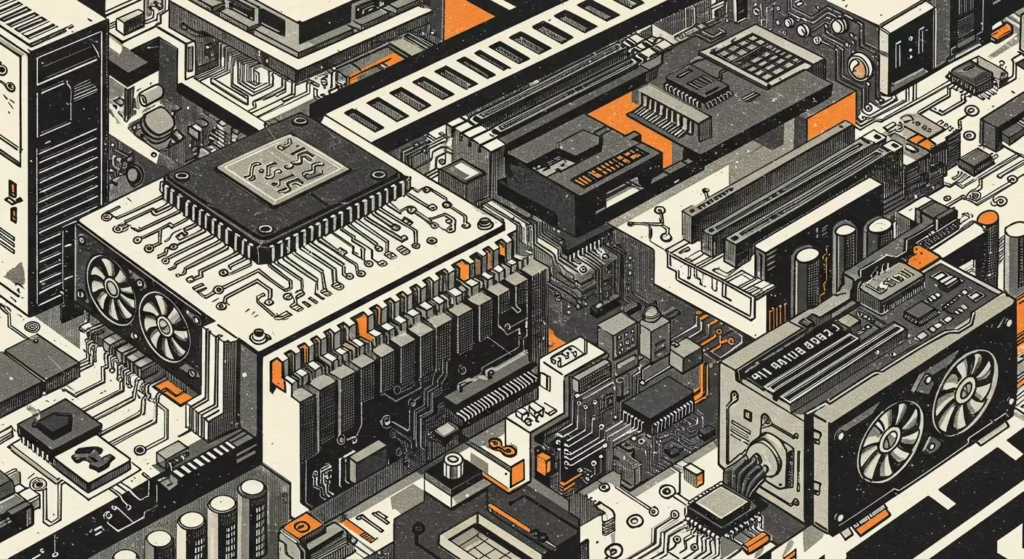
NVIDIA is not just a supplier but OpenAI’s preferred strategic compute and networking partner, formalizing technical collaboration on both hardware and software. It’s the biggest AI infrastructure project in history, says Huang—which, given OpenAI’s 700 million weekly users and massive enterprise demand, sounds like an understatement.
| Partnership Aspect | Details | Timeline/Scale |
|---|---|---|
| Total Investment | Up to $100 billion | Progressive deployment |
| Infrastructure Target | At least 10 GW, millions of GPUs | Initial rollout 2026+ |
| Platform | NVIDIA Vera Rubin | First phase: H2 2026 |
| Justification | “Computing demand is going through the roof” | Rapid AI adoption |
| Scope | Technical roadmap co-optimization | Multi-decade alignment |
The Strategic Motive: Compute Is Everything
What’s driving this alliance? In short: insatiable computing demand. OpenAI CEO Sam Altman’s mantra—”Everything starts with compute”—perfectly explains the $100B wager. With over 700 million users, OpenAI needs breakthrough data center muscle to keep model innovation flowing and scale safely to billions of daily requests. NVIDIA, meanwhile, secures its largest customer and a reference partner for its Vera Rubin platform, locking in ecosystem dominance.
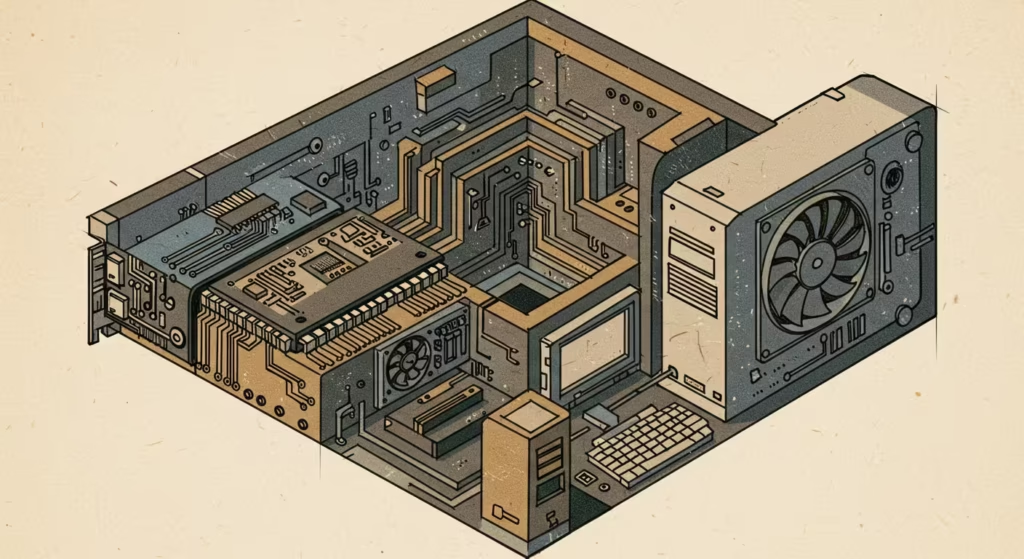
This cyclical capital investment also creates unique incentives. NVIDIA chips fuel OpenAI breakthroughs, those breakthroughs boost demand for more NVIDIA chips, and both teams’ futures become ever more tightly linked.
Infrastructure Challenges: Can They Deliver 10 Gigawatts?
Building 10 gigawatts of AI datacenters—enough to power millions of homes—presents massive obstacles around energy, supply chains, and real estate. The partnership must overcome grid constraints, supply chain turbulence, and relentless scaling issues (cooling, land acquisition, and skilled workforce needs).
Technical collaboration between NVIDIA and OpenAI aims to co-optimize both AI model software and underlying hardware, reducing risk of lock-in and maximizing efficiency across every layer of the stack. “We’re excited to deploy 10 gigawatts of compute with NVIDIA to push back the frontier of intelligence,” said Greg Brockman, OpenAI’s president.
The Competitive Landscape: Shaping the AI Race
NVIDIA’s mega-investment sends shockwaves across AI infrastructure and cloud markets. As OpenAI doubles down on NVIDIA tech, rivals like AMD are responding in kind—with OpenAI recently committing to purchase 6 gigawatts worth of AMD’s next-gen chips in a parallel, headline-grabbing deal. Major cloud providers and hyperscalers are watching closely, as this new compute “oligopoly” may leave challengers scrambling for supply or forced to innovate on price, packaging, or open hardware.
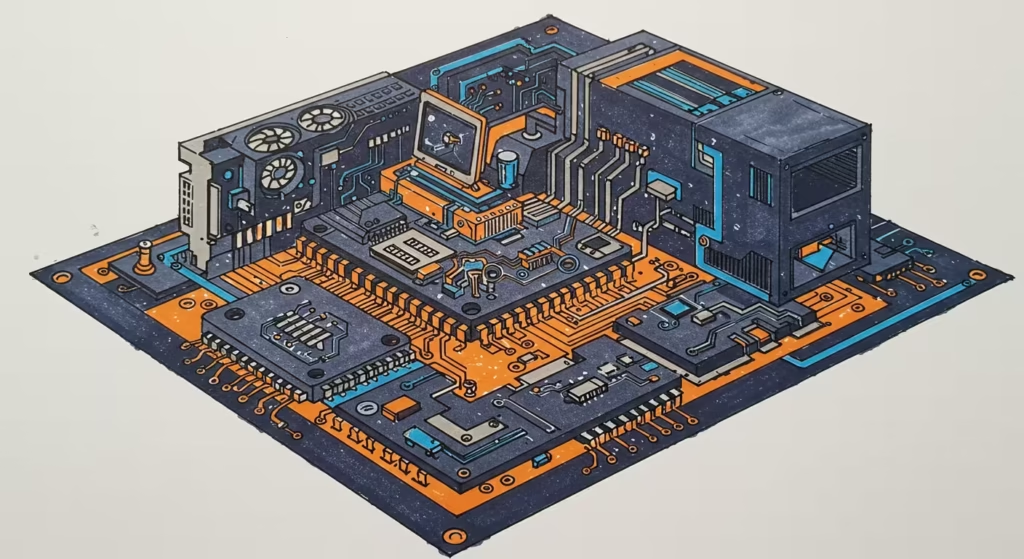
Antitrust regulators are likely to scrutinize the deal due to its scale, and some analysts warn of the risk of excessive market concentration. Still, for now, NVIDIA and OpenAI have leapfrogged their competitors, setting a new bar for how much infrastructure—and capital—future AI development will require.
Future Outlook: Geopolitics, Power, and the New AI Economy
This partnership marks a paradigm shift in how society allocates both computational and energy resources. It’s also a geopolitical event: as Sam Altman’s recent global travels suggest, controlling domestic compute capacity has become a national priority for dozens of governments.
Over the coming years, expect to see:
- Robust debate on models for public/private funding of next-gen compute.
- Increasing attention to energy efficiency and data center grid-integration technologies.
- Rising regulatory focus on market fairness and supply chain security.
- Potential industry consolidation as only a few outfits can afford to compete at this scale.
Demand for GPUs remains “essentially infinite”, but this historic partnership may well reshape the supply/demand curve for years to come.
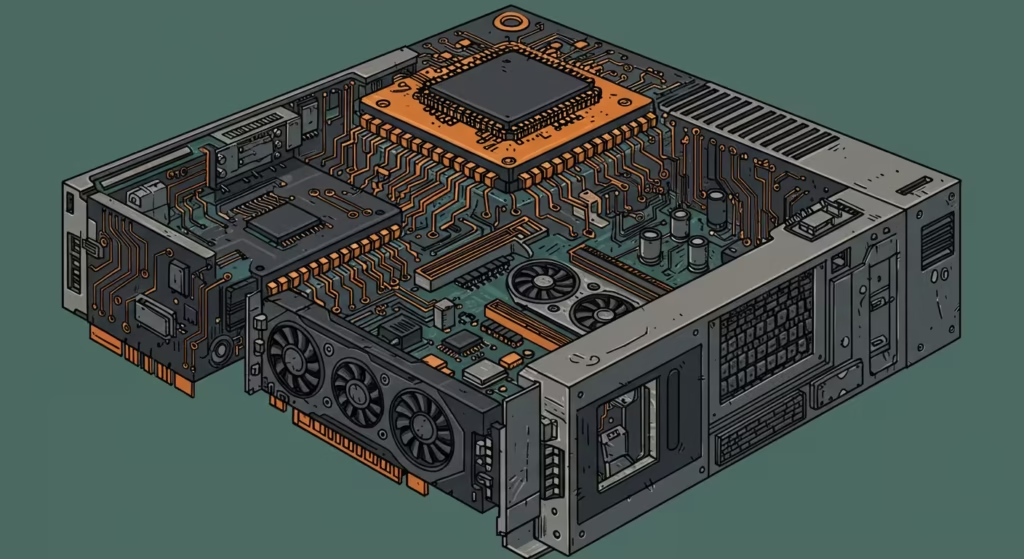
5 Key Takeaways: The New AI Order
- Compute is AI’s central currency—control the infrastructure, shape the industry.
- Scaling infrastructure is now as crucial as algorithmic advances—future AI breakthroughs may hinge more on data center megawatts than on software tweaks.
- Strategic capital alignment can outperform traditional financing—the staged drip-feed model aligns both companies’ incentives at every step.
- Energy innovation is a must—scaling data centers means finding grid-friendly and carbon-light solutions at every level.
- The ecosystem is consolidating—the bar for entry into next-gen, frontier AI is higher than ever before, changing who gets to shape the future.
How this mega-partnership unfolds will determine not just the shape of AI models, but also the geopolitics, economics, and daily experience of a world increasingly defined by artificial intelligence. The race to build—and power—the next era of intelligence has never been clearer, costlier, or more consequential.
